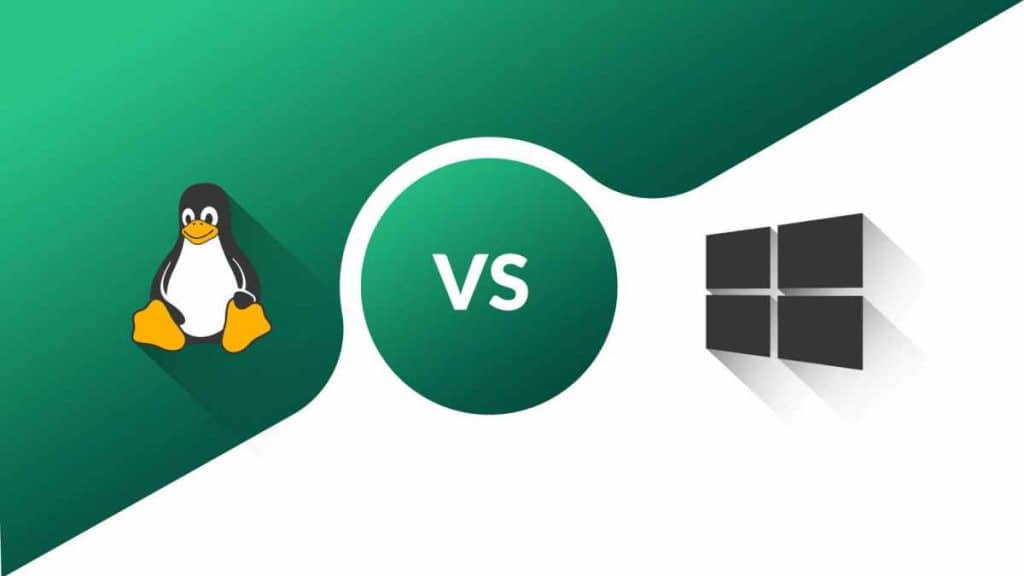Introduction:
In the realm of hosting applications, choosing the right Virtual Private Server (VPS) platform is a vital decision. Windows and Linux are two prominent options that offer distinct features and benefits for application deployment. In this article, we will dive into the exciting showdown between Windows and Linux VPS, exploring their strengths, performance, flexibility, and ease of use. By the end, you’ll have a clearer understanding of which platform is the ultimate champion for hosting your precious applications.
Performance and Stability:
Linux VPS:
Renowned for its exceptional stability and high performance.
Optimized for handling heavy workloads and supporting a diverse range of applications.
Utilizes open-source technologies, providing scalability and flexibility.
Particularly suitable for web servers, database management systems, and content delivery networks.
Windows VPS:
Designed to seamlessly integrate with Microsoft technologies and applications.
Offers excellent performance for applications built using .NET, ASP.NET, and Microsoft SQL Server.
Provides a familiar environment for developers accustomed to Windows-based systems.
Excels in hosting applications that rely on Windows-specific features and functionalities.
Flexibility and Compatibility:
Linux VPS:
Celebrated for its versatility and wide range of compatible software.
Supports popular programming languages like PHP, Python, Ruby, and more.
Ideal for hosting content management systems (CMS) such as WordPress, Drupal, and Joomla.
Offers extensive support for open-source frameworks, making it a preferred choice for developers.
Windows VPS:
Perfect for businesses heavily invested in Microsoft technologies and applications.
Seamlessly integrates with ASP.NET, .NET Core, and other Microsoft frameworks.
Ideal for hosting Microsoft server-side software like SharePoint, Exchange Server, and Dynamics CRM.
Provides compatibility with various programming languages and tools within the .NET ecosystem.
Ease of Use and Management:
Linux VPS:
Known for its simplicity and ease of use, especially for tech-savvy users.
Offers robust command-line tools and extensive documentation for customization and administration.
Provides a high level of control over server configurations and permissions.
Supports remote administration through secure shell (SSH) access.
Windows VPS:
Familiar and user-friendly interface for those accustomed to Windows environments.
Features intuitive management tools such as Windows Remote Desktop (RDP) for easy server administration.
Simplifies routine tasks with graphical user interfaces (GUIs) and streamlined workflows.
Benefits from comprehensive technical support provided by Microsoft.
Pricing:
Pricing for Windows and Linux VPS hosting can vary depending on factors such as the hosting provider, server specifications, and additional services offered. However, here are some average pricing plans to provide a general idea of the cost considerations for each platform:
Linux VPS Pricing:
Entry-level plans typically start around $5 to $20 per month.
These plans usually offer lower resource allocations, such as 1-2 CPU cores, 1-2 GB RAM, and 20-40 GB SSD storage.
As you move up to higher-tier plans, prices can range from $20 to $80 per month.
Mid-range plans generally provide more resources, such as 2-4 CPU cores, 4-8 GB RAM, and 60-120 GB SSD storage.
Premium Linux VPS plans can range from $80 to $200+ per month, offering even more resources for high-demand applications.
Windows VPS Pricing:
Entry-level Windows VPS plans typically start around $10 to $30 per month.
These plans may provide similar resource allocations as entry-level Linux plans, such as 1-2 CPU cores, 1-2 GB RAM, and 20-40 GB SSD storage.
Mid-range Windows VPS plans can range from $30 to $100 per month.
These plans generally offer more resources compared to entry-level plans, such as 2-4 CPU cores, 4-8 GB RAM, and 60-120 GB SSD storage.
Premium Windows VPS plans can range from $100 to $300+ per month, providing higher-end resources for resource-intensive applications.
It’s important to note that the pricing mentioned above is indicative and can vary significantly based on the hosting provider’s offerings, server specifications, and additional features like managed services, scalability options, and customer support.
When considering pricing, it’s crucial to assess your application’s resource requirements, scalability needs, and budgetary constraints. It’s recommended to evaluate different hosting providers, compare their plans and features, and consider factors like reliability, performance, support quality, and any additional costs associated with add-on services.
Remember, the cost should be considered alongside the overall value, reliability, and support provided by the hosting provider. A balance between affordability and quality services is key to choosing the best hosting solution for your specific application needs.
Conclusion:
The clash between Windows and Linux VPS platforms for hosting applications offers an exciting spectacle, with each contender showcasing unique strengths. Linux VPS stands tall with its outstanding performance, versatility, and compatibility with open-source technologies.
On the other hand, Windows VPS excels in integrating seamlessly with Microsoft tools and provides a user-friendly environment for Windows developers.
When making your decision, consider the specific requirements of your application, the programming languages and frameworks you rely on, and your comfort level with each platform. Consulting with hosting providers and considering their support, pricing, and uptime guarantees is crucial as well.
Remember, the battle of hosting is ultimately about finding the perfect match between your application’s needs and the platform’s capabilities. Choose wisely, and may your application soar to new heights in the hosting arena!


